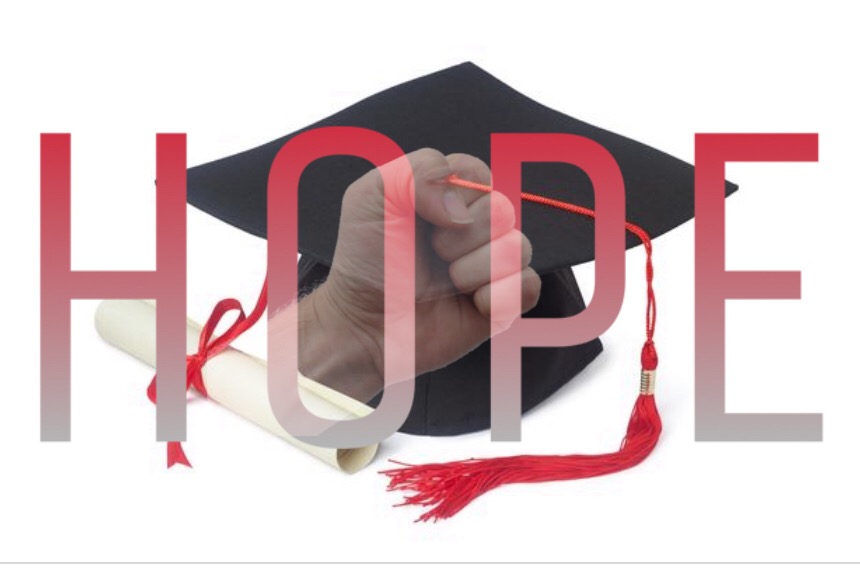HOPE FOR STUDENTS
E. Delaney
October 15, 2018
The HOPE Scholarship is a funding plan sought by many hardworking students for
its accessibility and economical benefits. Attending a college or university is a large investment, and it often occurs that intelligent, hardworking kids with abundant potential cannot afford it. HOPE has provided over ten billion dollars of funding for programs beyond high school education and has aided more than 1.8 million students in their journey. The grant’s enactment was proposed by Governor Zell Miller in 1992, funded by the Georgia Lottery for Education, and was implemented the next year. HOPE and its six underlying programs, the HOPE scholarship and grant, the Zell Miller scholarship and grant, and the HOPE GED and career grant, were designed to give students wanting a postsecondary education incentive to succeed. According to Miller in the 1992 State of the State Address, the scheme was is meant to forge a “better-educated workforce…and invest in Georgia’s economic future.”
The HOPE Scholarship is a merit-based award, provided to those who work hard enough to achieve it; the recipient must graduate from high school with at least a 3.00 grade point average. Meanwhile, while the scholarship and grant are often spoken of interchangeably, the HOPE grant is awarded based on the field the recipient is pursuing. The grant’s beneficiaries have to maintain a minimum of a 2.00 postsecondary grade point average, and the grant provides assistance for those already in college or university, while the scholarship only aids in obtaining an undergraduate education. Students become ineligible for the grant once they reach a “sixty-three semester maximum or the ninety-five quarter hour limit” according to the Georgia Student Finance Commission. According to the same resource, HOPE Scholarship recipients become ineligible once they reach “the 127 semester or 190 quarter hour limit,” and seven years after graduating high school, the potential recipient is subsequently disqualified.
The Zell Miller Scholarship, much like the HOPE Scholarship, is based on merit. The requirements to qualify, however, are more rigorous. The recipient must graduate high school with a minimum of a 3.70 GPA and a minimum score of 1200 on the math and reading portions of the SAT or a 26 on their ACT test. These toilsome requirements are worth the hard work, however, as the participant receives more relief from the costs of college and/or university than a recipient of a HOPE Scholarship/Grant. The limitations on the Zell Miller Scholarship are the same as those on the HOPE Scholarship.
The Zell Miller grant, at variance with it’s HOPE counterpart, is also a merit-based award, but still relates to it in that it is awarded to those pursuing a certificate or a diploma in a certain field. Its recipients must maintain a 3.50 cumulative postsecondary GPA, and are provided with full tuition assistance. Ineligible students, the GSFC asserts, have reached a a sixty-three semester or ninety-five quarter hour limit.
Available to students who have been recipients of the General Education Development (GED) diploma by the Technical College System of Georgia is the HOPE GED grant, which provides them with one five hundred dollar reward to use on school-related supplies and/or costs at any eligible college in Georgia. Although the reward isn’t much, the student does not have to enroll full-time in order to receive it, and the recipient has a full twenty-four months to put it to use.
The last of the six HOPE programs is the HOPE Career grant, which, like the GED grant, can be used for school supplies, tuition fees, and other academic cost. The difference is the Career grant is awarded to students who have already been given the HOPE or Zell Miller Grant. It is targeted at recipients pursuing career fiends helpful to the economy.
These are the six programs under the name HOPE, which stands for Helping Outstanding Pupils Educationally. If you work hard enough to reach their standards, it can be an enormous help in going the right direction, assisting you and other skilled students join the workforce contribute to the community.

